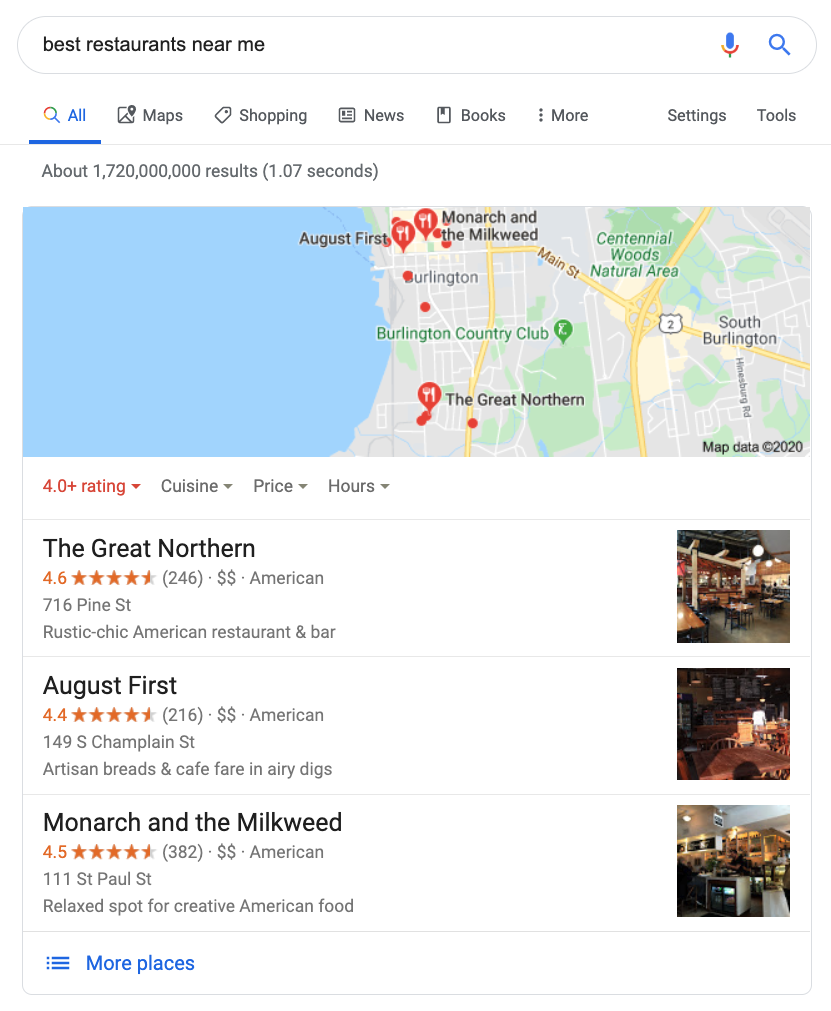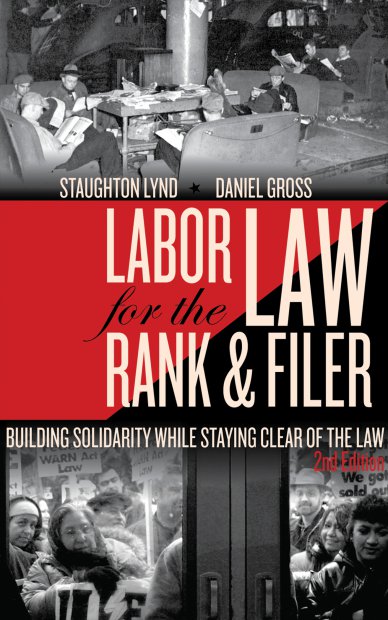Determining Fault for Left-Turn Car Accidents
Left-turn accidents are one of the most common types of car crashes, and they can result in serious injuries or even death. Determining who is at fault in a left-turn accident can be complex, but understanding the rules of the road is essential for assigning blame and seeking compensation for damages.
The Rules of the Road for Left Turns
In most states, the driver making the left turn is responsible for yielding to oncoming traffic. This means that the driver must wait until there is a safe gap in traffic before turning left. However, there are some exceptions to this rule. For example, if the driver making the left turn has a green light or if the oncoming traffic is stopped at a stop sign or red light, the driver may be able to proceed with the turn without yielding.
Additionally, some states have laws that prohibit drivers from making left turns at certain intersections, such as intersections with a high volume of traffic or intersections where there is limited visibility.
Determining Fault in a Left-Turn Accident
When a left-turn accident occurs, the police will typically investigate the crash and determine who is at fault. The police will consider a number of factors when making this determination, including:
- The traffic laws in the state where the accident occurred
- The actions of the drivers involved in the accident
- The physical evidence at the scene of the accident
If the police determine that the driver who made the left turn was at fault for the accident, the driver may be cited for a traffic violation. The driver may also be liable for the damages caused by the accident, including the cost of property damage, medical expenses, and lost wages.
Comparative Negligence and Left-Turn Accidents
In some states, the doctrine of comparative negligence applies to car accidents. This means that even if one driver is primarily at fault for an accident, the other driver may still be partially liable for the damages if they were also negligent in some way. For example, if a driver making a left turn fails to yield to oncoming traffic but the oncoming driver was speeding, the oncoming driver may be found to be partially at fault for the accident.
Conclusion
Left-turn accidents can be complex, and determining fault can be a challenge. If you have been involved in a left-turn accident, it is important to speak to an experienced car accident lawyer to discuss your legal rights and options.
Determining Fault in a Left-Turn Car Accident
Figuring out who’s to blame in a car accident is never easy, especially when it involves a left turn. These types of collisions can be particularly tricky to navigate due to the complex interplay of traffic laws and driver responsibilities.
Common Causes of Left-Turn Crashes
What are the main reasons left-turn accidents happen? In most cases, it boils down to three key factors:
1. Inattention: Drivers who are distracted or not paying attention to the road are more likely to misjudge gaps in traffic or fail to yield to oncoming vehicles.
2. Improper Yielding: Left-turning drivers have a legal obligation to yield to oncoming traffic. However, improper yielding is a major cause of accidents, particularly when drivers fail to stop at stop signs or red lights.
To unpack this further, let’s take a closer look at improper yielding:
- Failing to Check for Cross-Traffic: Left-turning drivers must always check for both oncoming and cross-traffic before making a turn. Failing to do so is a serious oversight that can lead to a collision.
- Blocking Traffic: Drivers should never turn left if they cannot do so safely without blocking oncoming traffic. Blocking traffic creates a dangerous situation that can escalate into an accident.
- Failing to Yield to Pedestrians: Pedestrians always have the right of way at intersections. Left-turning drivers must yield to pedestrians who are crossing the street.
3. Speeding: Excessive speed is a major contributing factor to all types of car accidents, including left-turn collisions. Speeding reduces a driver’s reaction time and increases the severity of any impact.
Determining Fault in a Car Accident Involving a Left Turn
When two cars collide at an intersection, determining who is at fault can be a complex task. However, in the case of a car accident involving a left turn, the driver making the left-hand turn typically bears the greater responsibility. This is because the driver turning left has a duty to yield to oncoming traffic and ensure that the turn can be made safely.
Establishing Liability
In most cases, the driver turning left is considered negligent if they fail to yield to oncoming traffic and cause an accident. This negligence can be established by proving that the driver:
Factors That Can Affect Liability
While the driver turning left is typically at fault in a left-turn accident, there are some factors that can affect liability. These factors include:
**. The speed of the oncoming vehicle:** If the oncoming vehicle was speeding, this may reduce the liability of the driver turning left.
In some cases, the driver of the oncoming vehicle may also be found liable for the accident. For example, if the driver of the oncoming vehicle was speeding or driving recklessly, they may be found to be partially or fully at fault for the accident.
Comparative Negligence
In some states, the doctrine of comparative negligence is applied to car accident cases. This doctrine allows the fault to be apportioned between the two drivers involved in the accident. For example, if the driver turning left is found to be 75% at fault for the accident and the driver of the oncoming vehicle is found to be 25% at fault, the driver turning left would be responsible for 75% of the damages. Comparative negligence can have a significant impact on the amount of compensation that is awarded to each driver.
Determining Fault in a Left-Turn Car Accident: A Comprehensive Guide
When two vehicles collide during a left turn, assigning fault can be a complex task. Typically, the driver making the left turn is presumed to be at fault, but numerous exceptions and factors can alter this presumption. Understanding these exceptions is crucial for navigating the legal process and pursuing compensation if you’ve been involved in a left-turn accident.
Exceptions to Left-Turn Liability
Even when the driver turning left appears to be at fault, there are scenarios where they may not bear the full responsibility:
• **Green arrow:** If the turning vehicle had a green arrow, they had the right-of-way and may not be liable for the collision. However, they still must use reasonable care and cannot proceed if it’s unsafe to do so.
• **Unprotected left turns:** Intersections without dedicated left-turn lanes or signals can be particularly treacherous. In such cases, the turning driver must yield to oncoming traffic before proceeding. If an accident occurs because the driver failed to yield, they will likely be held at fault.
• **Sudden emergency:** If the driver turning left was suddenly confronted with an unforeseen hazard or emergency that caused them to swerve or collide, they may not be liable if they acted reasonably under the circumstances.
• **Comparative negligence:** In some jurisdictions, the principle of comparative negligence allows for the apportionment of fault among multiple parties. If the driver turning left is found to be partially responsible for the accident, their compensation may be reduced accordingly.
• **Intentional conduct:** If the driver turning left intentionally caused the accident, such as by cutting off the other vehicle or running a red light, they will likely be held liable for the full extent of the damages.
Determining Fault in a Car Accident When a Left Turn Is Involved
Deciding who’s at fault in a car accident involving a left turn can be a complicated matter. It often hinges on factors like the speed of the vehicles and whether either driver violated traffic laws or acted recklessly. In some cases, both drivers may share some degree of blame.
Legal Framework
The legal framework for determining fault in car accidents varies from state to state. In some jurisdictions, such as California, drivers are held to a “negligence” standard, meaning they must have acted carelessly or unreasonably. In other states, like Texas, the standard is “contributory negligence,” which means that even if a driver was only slightly at fault, they may be barred from recovering any damages.
Determining Fault
When determining fault in a car accident involving a left turn, several factors are considered. These include:
- The right-of-way rules at the intersection
- The speed of both vehicles
- Whether either driver violated a traffic law
- Any evidence of reckless driving, such as speeding or running a red light
- The extent of the damage to each vehicle
Comparative Negligence
In some jurisdictions, fault can be shared among multiple parties, including both drivers involved in the crash. This is known as “comparative negligence.” Under comparative negligence, the fault of each driver is assigned a percentage, and the amount of damages they can recover is reduced accordingly. For example, if a jury finds that one driver was 80% at fault and the other driver was 20% at fault, the first driver would only be able to recover 20% of their damages from the second driver.
Insurance Implications
The determination of fault in a car accident has significant implications for insurance coverage. The at-fault driver’s insurance company will typically be responsible for paying for the damages caused by the accident. If both drivers are found to be at fault, their insurance companies may share the cost of damages based on the percentage of fault assigned to each driver.
Determining Fault in Car Accidents involving Left Turns
When two vehicles collide at an intersection, figuring out who’s at fault can be like solving a complicated puzzle. It’s not always clear-cut, especially when one of the cars was making a left turn. Several factors come into play, and gathering evidence is essential for getting to the bottom of things.
Evidence to Consider
Witness statements, police reports, accident reconstruction, and physical damage all provide critical clues. Witnesses may have seen what happened firsthand and can offer their unbiased accounts. Police reports document the scene, including the positions of the vehicles and any visible injuries. Accident reconstruction experts can analyze the evidence and determine how the accident occurred. Finally, the extent of the damage to the vehicles can also shed light on the severity of the impact and which vehicle was hit first.
Driver Behavior
Driver behavior is another crucial factor to consider. Was either driver speeding, distracted, or under the influence? These actions can significantly impact fault determination. A driver who was speeding, for instance, may have had less time to react to the other vehicle, making them partially or fully responsible for the accident
Right-of-Way Laws
Right-of-way laws vary from state to state, but, in general, the driver making the left turn must yield to oncoming traffic. However, there are exceptions, such as when the driver making the left turn has a green arrow or is turning from a side street onto a main road. It’s important to research the right-of-way laws in your area to understand who had the legal right to proceed
Comparative Negligence
In some states, the court may apply the principle of comparative negligence, which means both drivers can be partially at fault for the accident. For example, if the driver making the left turn failed to yield, but the other driver was speeding, the court may determine that the driver making the left turn is 70% at fault and the speeding driver is 30% at fault.
Insurance Coverage
Once fault has been determined, insurance coverage comes into play. The at-fault driver’s insurance company will typically cover the damages to the other vehicle and any medical expenses resulting from the accident. However, if both drivers are partially at fault, their insurance companies will work together to determine how much each company will pay.
Determining Fault in a Car Accident Involving a Left Turn
When two vehicles collide at an intersection, determining fault can be a complex task. However, understanding the nuances of fault, especially in left-turn accidents, is crucial for navigating insurance claims and disputes. Here’s a comprehensive guide to help you navigate the complexities of left-turn accident fault determination:
Understanding Fault in a Car Accident Involving a Left Turn
When a collision occurs at an intersection while one vehicle is making a left turn, several factors come into play in determining fault. These include:
-
Right of Way: The vehicle with the right of way typically has the advantage in fault determination. In most cases, the car traveling straight has the right of way over the car turning left.
-
Traffic Signals: Traffic signals clearly dictate the right of way. If the vehicle making the left turn violated a traffic signal (e.g., running a red light), they are more likely to be deemed at fault.
-
Speed and Negligence: Excessive speed or reckless driving by either party can contribute to fault. If the driver making the left turn was speeding or driving carelessly, they may bear a higher degree of responsibility.
-
Visibility and Obstacles: Limited visibility or obstacles that obscured the view of either driver can influence fault. If one driver’s vision was obstructed, it may mitigate their liability.
-
Witnesses and Evidence: Witness statements and other evidence, such as dashcam footage, can provide valuable insights into the accident’s sequence of events and help determine fault.
-
Comparative Negligence: In some jurisdictions, the concept of comparative negligence applies. This means that both drivers may share some degree of fault, and their liability is apportioned accordingly.
-
Police Reports and Insurance Investigations: Police reports and insurance investigations play a crucial role in fault determination. These reports often contain detailed accounts of the accident, witness statements, and an assessment of the contributing factors.
Insurance Claims and Disputes
Understanding fault is essential for filing insurance claims and resolving disputes after a left-turn accident. When fault is clear, the at-fault driver’s insurance policy will typically cover the damages. However, if fault is disputed, both insurance companies may need to launch investigations and negotiate a settlement.




Leave a Reply